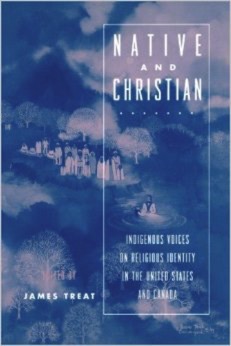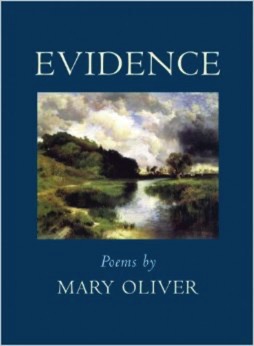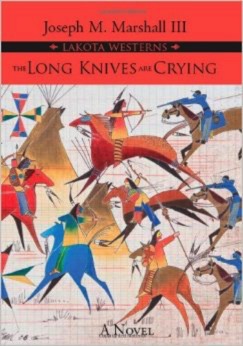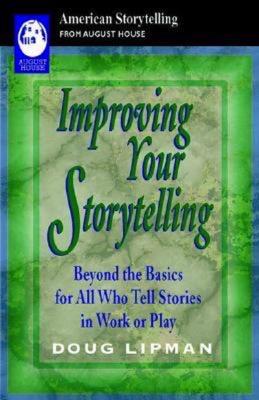Native and Christian
21/02/15 10:20
James Treat, ed, Native and Christian: Indigenous Voices on Religious Identity in the United States and Canada (New York: Rutledge, 1996)

The book contains essays by friends Rosemary McCombs Maxey and Stan McKay as well as by famous writers such as Vine Deloris, Jr, William Baldridge, and Robert Warrior. It concludes with five personal stories about the interface of Christianity and Native Culture.
This isn't the great key to understanding religion and the dynamics of Christianity in the near-genocide and forced reservation life of indigenous peoples of the U.S. and Canada, but it does convey some truth and provide insight into the complex dynamics of the mix of culture and religion.
One of the things that is confusing to me is that several of the writers don't seem to make the distinction between traditional Native ways and more recent phenomenon. Pow Wows, the Native American Church, and other 20th Century phenomena are handled right next to ancient traditions and stories that have been told for millennia.
It was clearly worth a second read, and I am grateful for the effort put into producing the book, but there are many more conversations that need to be held as we seek to extend our relationship with native congregations.
Evidence
21/02/15 10:11
Mary Oliver, Evidence (Boston: Beacon Press, 2009)

Make no mistake about it, these poems are worth the effort. Seemingly simple poems of nature and of everyday feelings of regret, grief, hope and love, they get my mind to thinking and set my emotions rolling.
I often turn down the corner of a page when I discover a poem that is worth a return visit. This small volume was filled with such pages by the time I had finished my first reading of the book."Hallelujah" speaks to my particular age, "Mysteries, Yes" is a song of praise. There are so many more.
Sometimes I have a tendency to dismiss the "nature poets" as being a bit simplistic. After all so much of the experience of nature requires no words and its most profound appreciation is often silence. Mary Oliver has a gentle touch that uses just the right amount of words - never too many - to express things that are not often captured in words at all.
I shall read more of her poems.
The Long Knives are Crying
21/02/15 09:59
Joseph M. Marshall III, The Long Knives are Crying (Golden, Colorado: Fulcrum Publishing, 2008)

I have read many of Marshall's books in the past and have had the honor to hear him speak on one occasion, but somehow, I hadn't ventured into his works of historical fiction. It isn't a genre that generally interests me. But reading this novel has done a great deal to change my mind. Marshall's characters are bold and real and approachable. I find myself connecting to and understanding the story of this critical event much more clearly.
I grew up in Crow country, less than 150 miles from the Little Bighorn Battlefield. I visited it before it had become a tourist destination. I knew bits and pieces of the story and at least understood the general locations of the Reno battlefield, the encampment and the route that Custer's forces attempted to take in the poorly planned and executed attempt to bring the battle to the women, children and elders. But reading Marshall's novel made the events come alive for me in ways that I had not yet experienced.
I'm not much for reading the stories of battles, but I intend to pick up more of Marshall's historical novels. They carry the power to expand my world.
Improving Your Storytelling
21/02/15 09:41
Doug Lipman, Improving Your Storytelling: Beyond the Basics for All Who Tell Stories in Work or Play (Atlanta: August House, 1999)

There are, of course, intuitive storytellers who do not invest much time in analyzing their style or honing their presentation. Such storytelling should be considered. But for most of us, it is a skill that requires conscious practice. It is for us that this book is useful.
The book also contains lots of useful tips for storytellers regarding preparation, practice, program planning a more. This is definitely a book to which I will return from time to time.